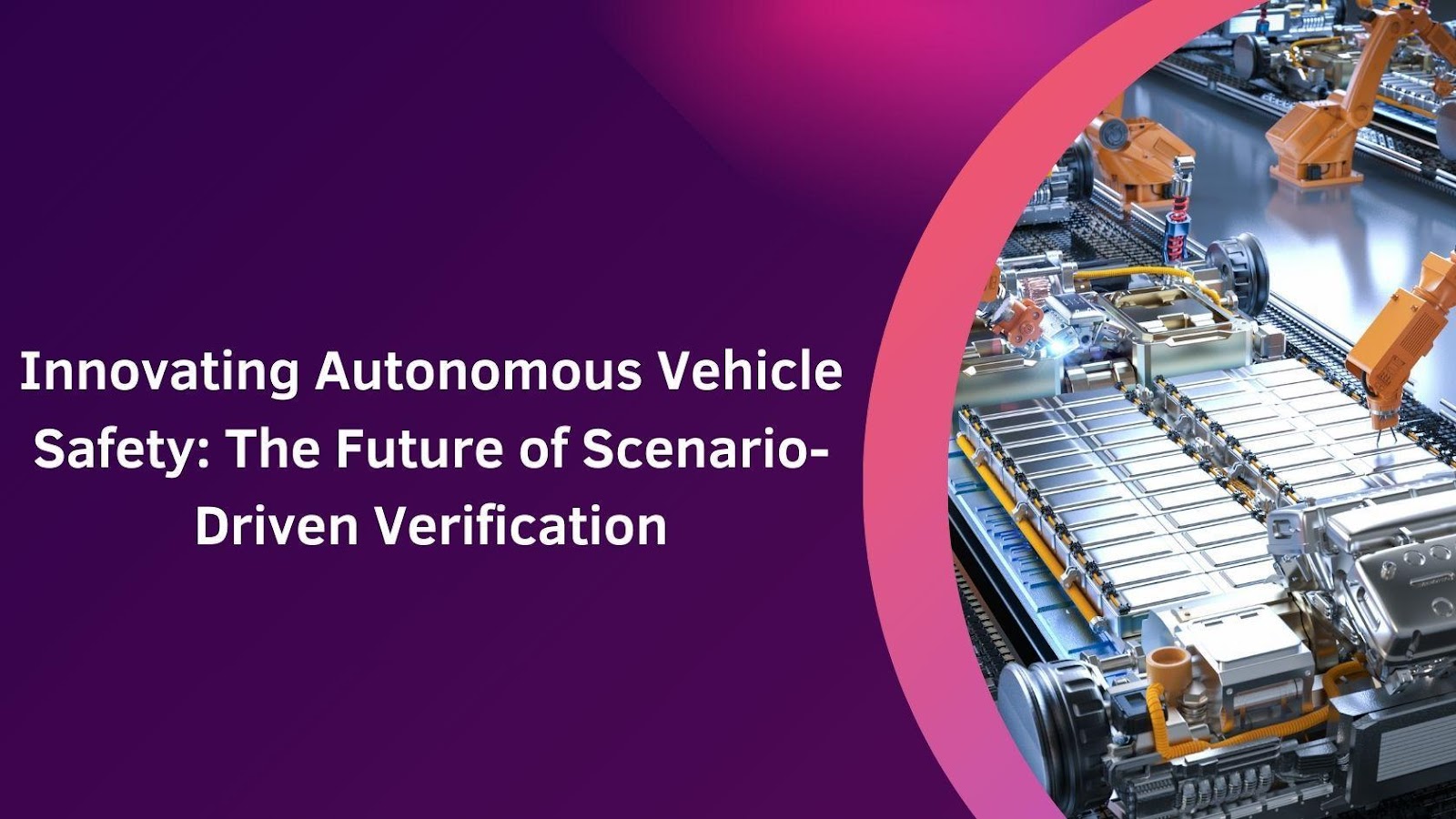In the age of innovation, autonomous vehicle safety has become one of the most critical challenges in modern transportation. With rising system complexities and regulatory requirements, ensuring safety in real-world conditions demands a robust validation framework. Yuvaraj J Patil, an expert in automotive functional safety, presents a comprehensive approach to scenario-driven safety verification, integrating it within ISO 26262 standards. His research outlines the importance of leveraging advanced methodologies to enhance the reliability of autonomous driving systems.
The Shift to Scenario-Based Testing
Traditional road testing alone cannot ensure autonomous vehicle safety, as covering all possible scenarios would require billions of miles. Scenario-based testing offers a practical alternative, enabling controlled simulations of real-world conditions. Techniques like Model-in-the-Loop (MIL), Software-in-the-Loop (SIL), and Hardware-in-the-Loop (HIL) allow engineers to efficiently replicate diverse driving situations. These simulations enhance safety validation by testing vehicles in varied conditions without the impracticalities of extensive physical testing, accelerating development and improving reliability.
Addressing Unknown Hazards
One of the key limitations of traditional testing approaches is their inability to address unknown hazards. Unlike predefined requirements-based testing, scenario-driven verification systematically evaluates potential edge cases. This method ensures that both anticipated and unforeseen risks are accounted for, enhancing the overall safety assurance of autonomous vehicles.
Integration with Industry Standards
Compliance with ISO 26262 and Safety of the Intended Functionality (SOTIF) is essential for autonomous vehicle validation. The scenario-driven approach aligns with these safety standards by incorporating structured validation methods. The integration of both functional safety (ISO 26262) and performance insufficiency considerations (SOTIF) provides a dual-layered verification process that strengthens the reliability of self-driving systems.
Advanced Simulation Environments
Virtual testing platforms play a crucial role in scenario-based safety validation. These platforms integrate real-time simulations with hardware-in-the-loop environments, ensuring that system behaviors are tested under precise conditions. Studies indicate that testing across at least 15 environmental conditions and multiple road types significantly enhances the effectiveness of verification processes. Furthermore, these simulations accelerate validation by a factor of 1000 compared to physical testing alone.
Overcoming Complexity with Intelligent Filtering
The vast number of potential driving scenarios presents a challenge in identifying safety-critical situations. Research highlights that approximately 42% of critical scenarios involve multiple simultaneous challenges, requiring sophisticated filtering and prioritization techniques. By integrating machine learning-driven scenario classification frameworks, autonomous vehicle safety verification can focus on the most impactful test cases while maintaining broad validation coverage.
Ensuring System Robustness with Dual-Standard Approaches
The dual-standard methodology, incorporating ISO 26262 and SOTIF requirements, enhances the validation of autonomous vehicles by addressing both known and unknown hazards. Research indicates that nearly 68% of safety-critical scenarios require multiple validation phases. By adopting a hierarchical approach to scenario classification—functional, logical, and concrete scenarios—engineers can systematically improve safety assurance.
The Role of Hardware-in-the-Loop (HIL) Testing
HIL testing remains a vital component in the verification framework. Real-time simulations combined with hardware validation provide accurate assessments of how autonomous systems respond under various conditions. Studies show that well-integrated HIL frameworks can detect up to 92% of safety hazards in early development phases, reducing the risk of failures in deployment.
Optimizing Computational Resources
With autonomous vehicles generating vast amounts of data, efficient resource management is crucial. Scenario-based validation frameworks optimize computational efficiency through intelligent clustering and data-driven filtering techniques. Research indicates that implementing distributed architectures improves resource utilization by up to 87%, reducing computational overhead while maintaining high validation coverage.
Future Implications and Industry Adoption
As the automotive industry moves towards higher levels of automation, scenario-driven safety verification will play a pivotal role in ensuring reliability. Companies implementing structured verification frameworks report a 55% reduction in safety-related incidents, demonstrating the effectiveness of this approach. The integration of AI-driven predictive safety models further enhances early fault detection, reinforcing the credibility of autonomous vehicle technology.
In conclusion, Yuvaraj J Patil’s research offers a transformative approach to enhancing autonomous vehicle safety. By implementing scenario-driven verification frameworks, the validation process becomes more robust, effectively addressing both known and unforeseen risks. As industry adoption continues to grow, this methodology is poised to become a fundamental pillar of functional safety in autonomous systems, driving the future of safer and more reliable transportation.



































